
OR
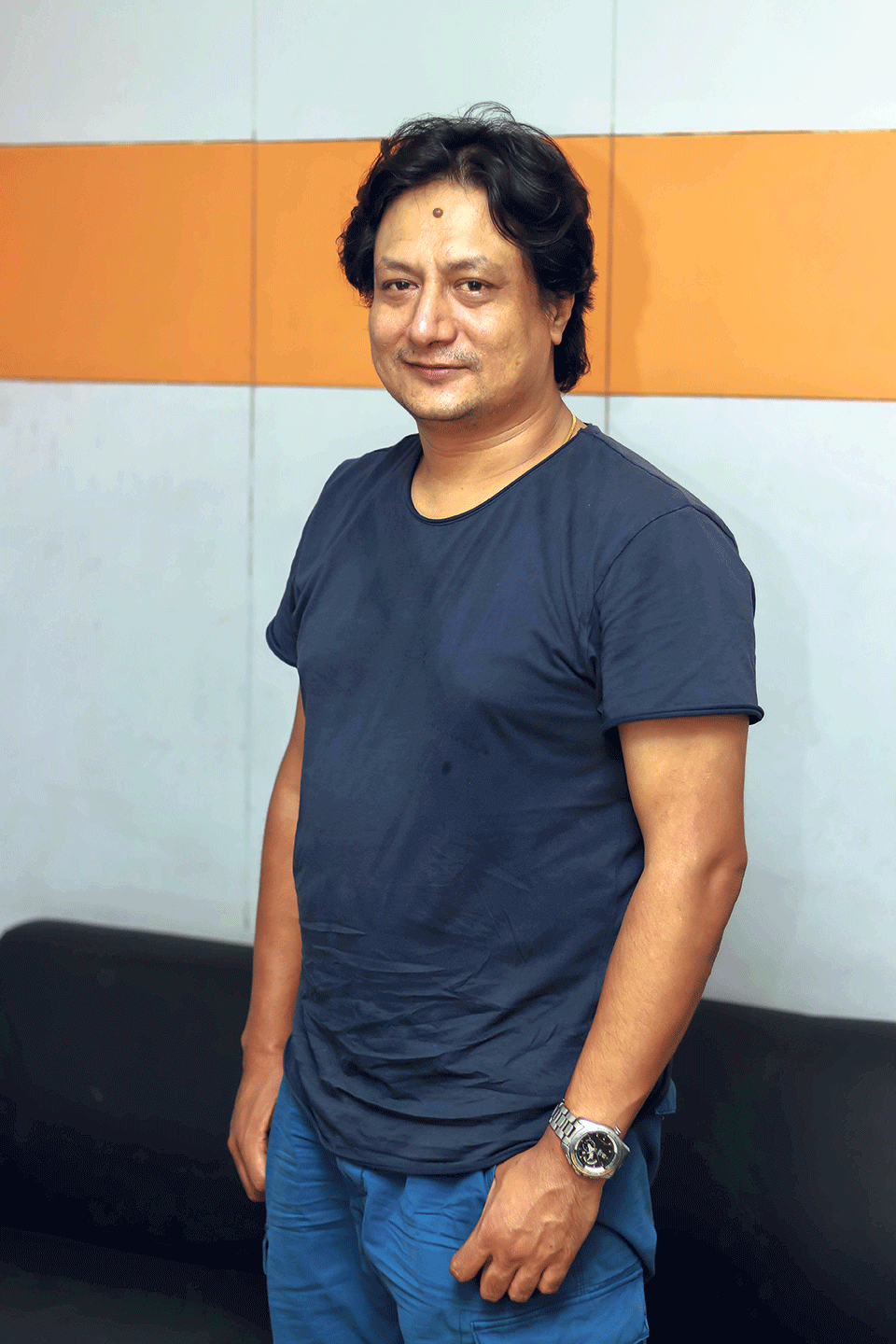
A pioneer for introducing Gypsy Jazz in Nepal in 2000, Hari Maharjan has been dedicated in the field of music as a guitarist for more than two decades now. Gypsy jazz, which he introduced in Nepal, is a style of jazz music believed to have been started around Paris in the 1930s.
Having acknowledged the need for different genres of music in Nepal, Maharjan has been actively performing as a guitarist in ‘Gypsy Jazz Festival Nepal’ since its inception in 2012. Honing his musical skills via private lessons, he also pursued a three-month course from Atla Music University, France in 2009.
Hari plays guitar for a dozen of renowned bands of Nepal and works as a guitar instructor at Nepal Music Center. He also runs the Hari Maharjan Project, under which he has released two instrumental albums – Kalakarmi (2009) and Sudina (2011). Hari is currently looking forward to release his third album in a few months.
How has the journey been so far?
My enthusiasm toward music has led me to countless discoveries. Born in a Newari family with high traditional values, I grew up playing Dhimey baja in Guthi.
Afterwards, my interest gradually switched from folk to western style, where I got to learn about the techniques and styles of rock music. My quest for learning music extended the journey toward exploring various genres of music.
It is after 17 years of involvement in Gypsy Jazz as a student, trainer and performer that I find this genre really entertaining because of its rich history and authenticity.
What challenges did you face in your musical career?
The prime challenge lied in establishing myself as a professional musician during a time when hardly anyone thought of making music their career.
Since music back then was not introduced as a profession, it was a tough task to earn recognition as a musician. Moreover, I personally had a hard time learning to play guitar as I practiced on my own for three years.
All I knew then was to play it out of tune, without entering the chords. Nevertheless, the small steps of playing out of tune turned to my benefit as I later started playing guitar well.
Has the scope changed over the decades in Nepal?
Yes, the Nepali music field has been growing with time. With the rise in online media, the music industry has also thrived by developing new versions of music online within a short period of time.
Today, skilled musicians are provided a global platform and with the increasing trend of musical fusion, the Nepali music industry has surely been able to sum up a huge audience.
What do you think should be done to boost the Nepali music industry?
I believe the ability today’s youths in learning the technicalities of music is noteworthy. Works of many young and aspiring singers can be considered milestones to take Nepali music to new heights.
Although they are short of experience, they come up with new tunes and fusion in jam sessions. In order for the music field to flourish, youths should be provided with platforms to showcase their abilities.
What is your view on modern music taking over the traditional?
I think the essence of both the music holds its charm which is why the musical fusions are highly trend. With the tune of time the folk music may invite slight modification but its charm has still remained intact.
As far as I am concerned with it, modern music has helped to bring out the unexplored tunes of traditional music.
In both of my albums, a fusion of folk and western music can be found including flute, saragi, tungna, dhimey, tabala, drums and guitar.
You May Like This

K-town’s new musical sensation
After the release of her debut song, Shabda, early April this year, Kengal Meher Shrestha is already recording her second... Read More...
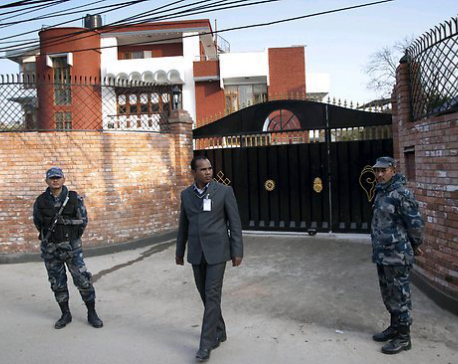
Journey of Dahal: From Rohini to Khumaltar
KATHMANDU, Dec 16: Following the start of the peace process, Chairman of CPN (Maoist Center) Pushpa Kamal Dahal rented a... Read More...
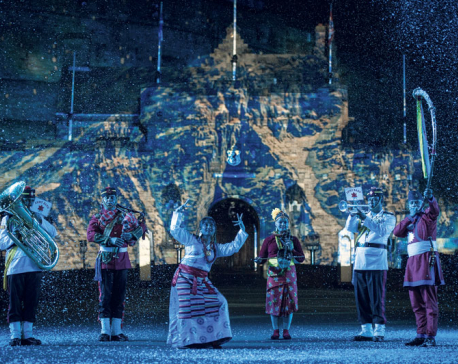
Folk music takes center stage
Nepali folk music, which is on the verge of extinction, has got a new lifeline and admirers with its exposure... Read More...






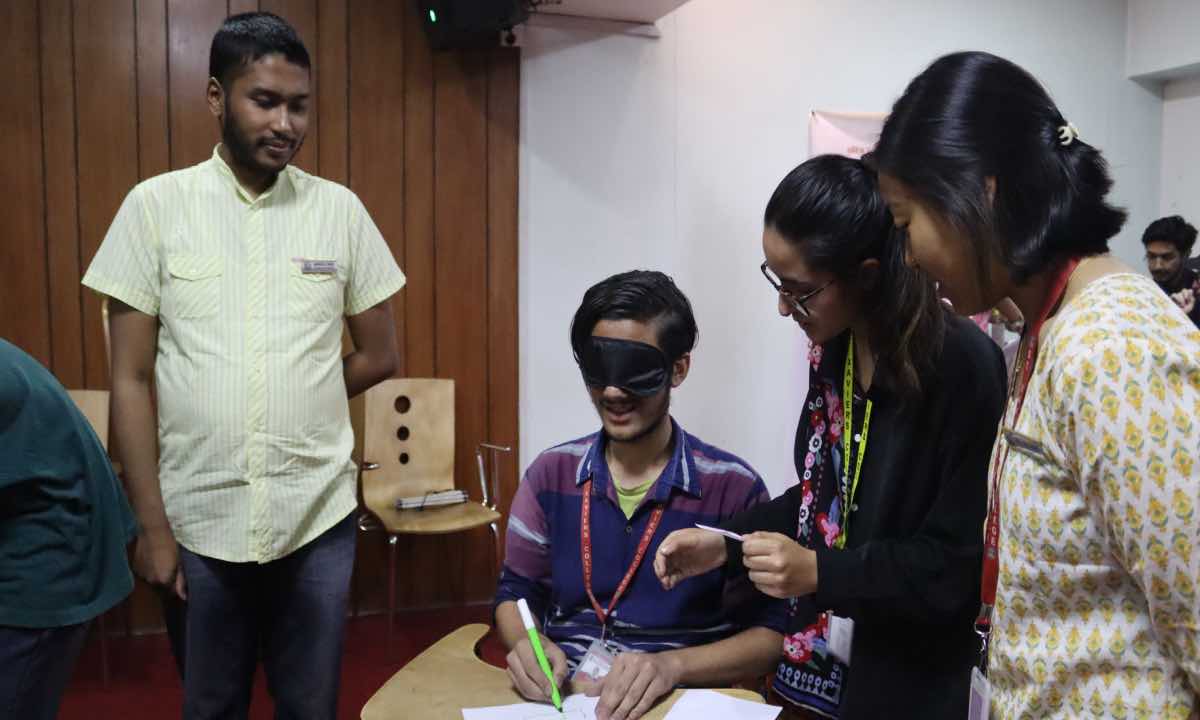
Just In
- First meeting of Nepal-China aid projects concludes
- Lungeli appointed as Minister for Labor and Transport in Madhesh province govt
- Bus knocks down a pilgrim to death in Chitwan
- One killed in tractor-hit
- Karnali Chief Minister Kandel to seek vote of confidence today
- Chain for Change organizes ‘Project Wings to Dreams’ orientation event for inclusive education
- Gold price decreases by Rs 200 per tola today
- National Development Council meeting underway








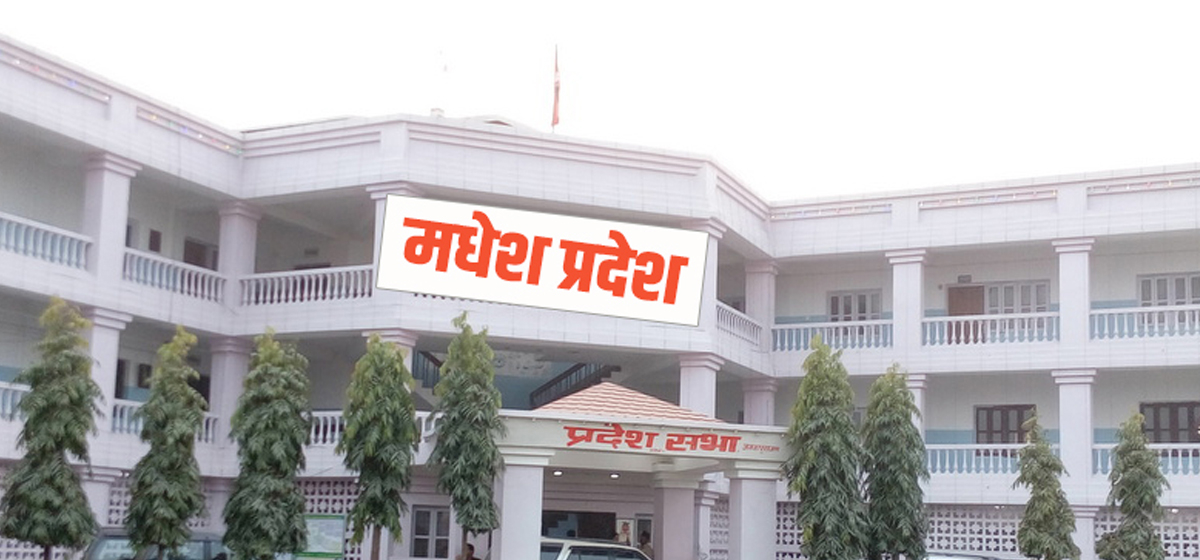


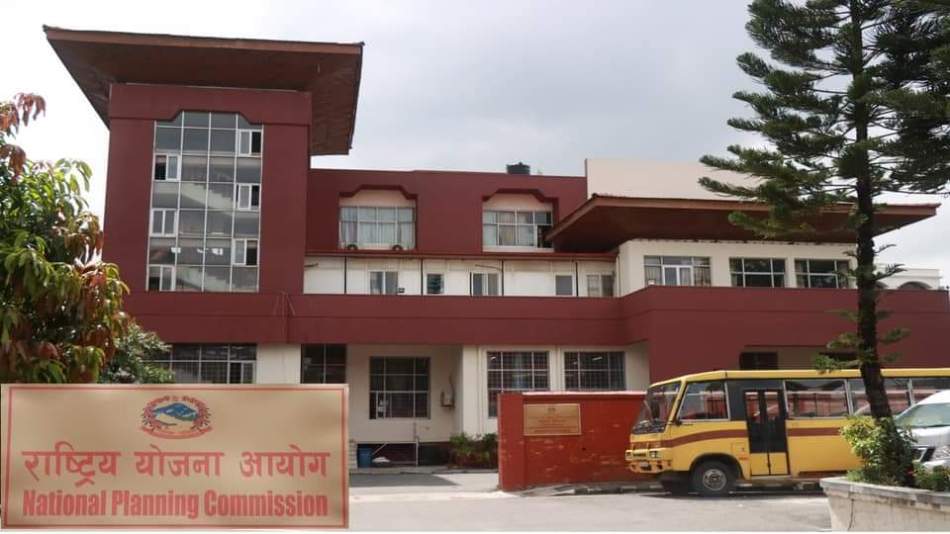
Leave A Comment